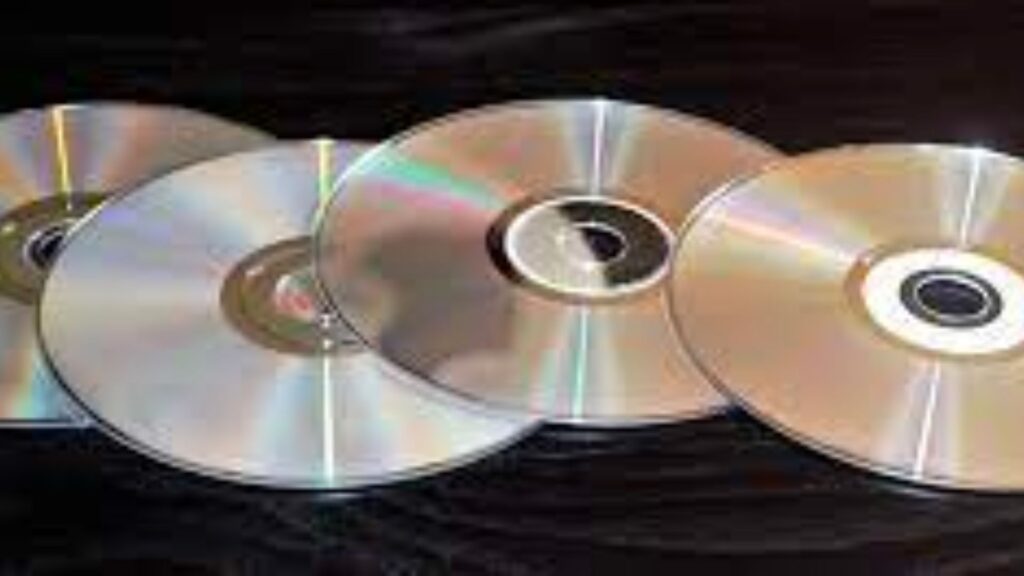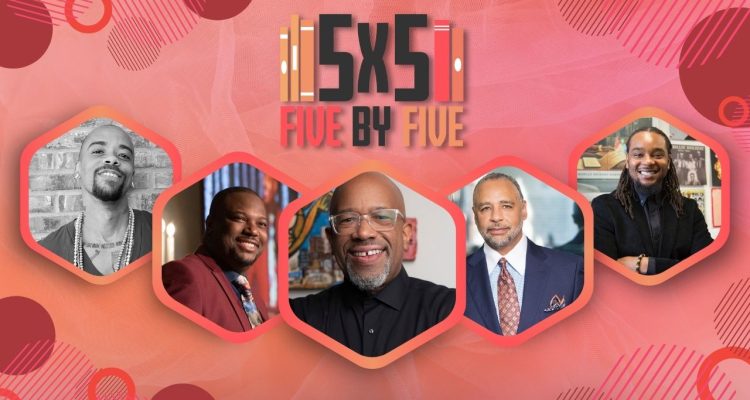The eBook has come a long way since its original ideation in the 1930s to reach the status as we know it today. Through years of innovation, trial and error, and partnerships, the eBook has become a widespread and accessible phenomenon throughout history and generations today. Keep reading to see how the eBook evolved over time!
1930
Bob Brown formed the concept of the electronic book. Brown was an innovative writer in the 1930s and came up with the idea for a new type of reading machine, essentially, the old-timey version of the modern day e-reader. He came up with this idea after seeing his first ‘talkie’, or movie with sound, with the hope that a new reading device would advance literature to the same cutting-edge level as cinema in the 1930s.

Brown’s essay The Readies, is based on the title of movies with sound, ‘the talkies’, describing this device. The idea was to advance literature into the modern age and to keep up with cinema, but also to save paper, ink, and space. As the 1930s were not a time in which computers existed, and even more far-off were handheld ones, Brown was never able to actually see his vision become a reality.
1932

Although this is not strictly relevant to the eBook and the development of the concept of digitized books, it is important to note when audiobooks first came around. In 1932, The American Foundation for the Blind established a recording studio for the purpose of recording books on vinyl records. Each side of the records contained about 15 minutes of dialogue. A year later, in 1933, Congress passed an amendment that would allow the Library of Congress to start producing audiobooks.
1949
Angela Ruiz Robles, a school teacher in Spain, created the first prototype for an automated reader. Her years as a school teacher helped cultivate this idea, as she grew tired of watching school children lug a multitude of textbooks around with them daily. She thought that by creating an automated reader, the device would make it easier for kids to carry textbooks and other reading materials needed for school.

Although the device was not electronic (as this would’ve been very hard to do in 1949) it is still credited as the world’s first automated reader, a prototype for today’s modern e-reader. Robles’ project was, unfortunately, never chosen for mass production and even though she was never able to receive a viable patent for her design, there is a picture of her holding the device as further proof of her invention.
1971
Michael S. Hart founded and launched Project Gutenberg, recognized today as one of the longest-lasting and earliest literary projects to be conducted online. Project Gutenberg’s mission is to encourage the distribution and creation of eBooks. It also encourages anyone who is interested in making eBooks to do so.

On July 4, 1971, Hart made history as being the one who digitized the first book ever. What was the first eBook in the world? The Declaration of Independence. Fitting that Hart chose July 4 to act on his innovative idea. For some context on the time period, according to the Guinness Book of World Records, the first ever email was sent by Ray Tomlinson in 1971.
Project Gutenberg still exists today as a volunteer-based organization focused on creating, housing, and distributing free eBooks, and holds over 60,000 free reads in its library, although Hart passed away in 2011.
“The eBook as Michael envisioned it would have a similar purpose to the printed book: enjoyable to read, and a source of enlightenment, education, and entertainment. It would all be free, for unlimited reuse and without limitation of purpose.”
— Gutenberg
1985

Books became available on CD-ROMs in 1985. The Voyager Company was founded in 1985 and its first main mission was the expanded books project. The project focused on finding ways to present books on a computer screen in a useful and familiar way to readers and was tasked with publishing and distributing expanded books on CD-ROMs. One of the books that became available through this project was Jurassic Park by Michael Crichton.
1993

In 1993, books became available on floppy disks. Digital Book, Inc. became the first company to offer 50 digital books on floppy disks. Peter James, a United Kingdom No. 1 Bestselling Author, most well-known for writing crime and thriller novels, broke into the floppy disk game in 1993, as well. He published his thriller novel, Host, on two different floppy disks.
1998

A few important milestones for eBooks were achieved in 1998. The first eBook readers were launched. NuvoMedia launched its e-reader the Rocket Ebook, and Softbook Press, Inc. released its e-reader the Softbook. The first ISBN issued to an eBook was obtained by author and publisher Kim D. Blagg. ISBN stands for international standard book number and is a 13-digit number that is used to uniquely identify books and book-like products published internationally. U.S. libraries also began providing free eBooks to the public through their services and websites. For context of the year, Google was founded in 1998 by Sergey Brin and Larry Page.
The Early 2000s

Stephen King offered his novella, Riding the Bullet, as a digital-only computer-readable file in 2000. In 2002, Random House and HarperCollins started selling digital versions of their publications. In 2004, Sony released its version of the e-reader, the Sony Librie, and in 2006 Sony released its updated version of the e-reader, the Sony Reader. Finally, in 2007, Amazon launched the Kindle eBook reader in the United States. Another notable event of 2007 was the launching of Apple’s iPhone.
2009

Barnes and Noble launched the Nook e-reader in 2009. Sony linked with libraries through the Overdrive digital network, a free digital reading platform used by libraries and schools that allows people to borrow digital content, such as eBooks and audiobooks, to allow patrons of libraries to borrow eBooks from their local libraries.
2010

Apple released the iPad, which included the iBooks application in 2010. With the release of Apple’s iPad, the company also launched its iBooks application and the iBookstore on iTunes. Apple reported selling half a million eBooks in under one month as a result of the launch of its new platforms. Google also launched its eBook store in 2010. For the first time ever, Amazon reported that its eBook sales outnumbered its hardcover book sales.
2011-2013

By January of 2011, Amazon reported that sales of eBooks had surpassed its paperback sales. By the end of first quarter in 2012, for the first time ever, eBook sales in the United States exceeded all hardcover book sales, adding up to about $3 billion in revenue nationally. The Association of American Publishers announced that eBooks accounted for around 20% of all U.S. book sales by the end of 2013.
2013 to Present
The eBook came a long way since 1930 and is one of the most popular reading formats found around the world today. Although, paperback and hardcover books are still shown as favored, the eBook market continues to grow exponentially and makes reading even more accessible for people.

According to Statista, in 2021 the estimated share of the population in the United States that purchased an eBook was 23%, while the estimated share of the population that purchased a printed book was 44%. Printed books still dominate the market, however, eBooks are still on the rise, and make both publishing and reading more accessible and readily available to people worldwide.
Like this article? Check out more like it here.















